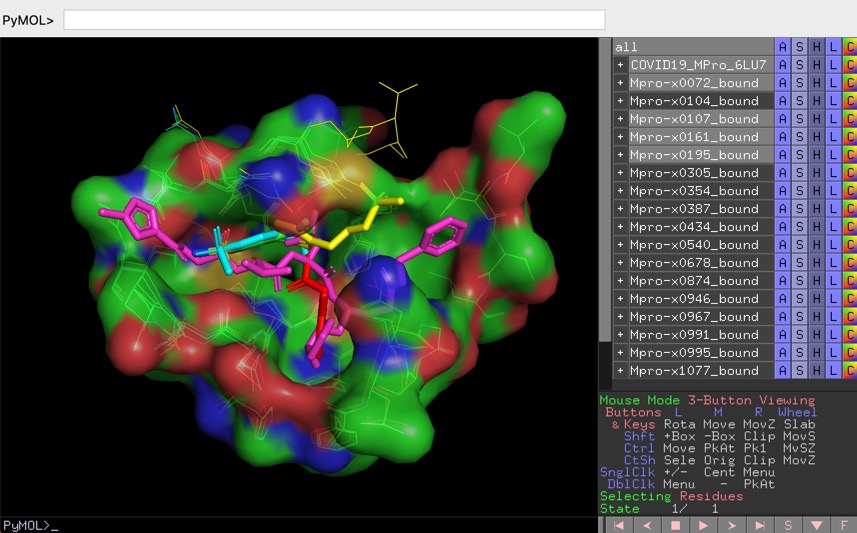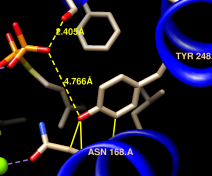

It combines the PS-HomPPI web server to find suitable templates and generate CA-CA distance restraints and HADDOCK for the CA-CA guided modelling. HADDOCK2.4 CA-CA restraints guided docking tutorial:Ī tutorial demonstrating a template-based approach to model protein-protein complexes. The tutorial does not require any Linux expertise and only makes use of the DISVIS and HADDOCK web servers and PyMol for visualisation/analysis. Of a symmetrical homomer complex based on a few (artificial) cross-links. In this tutorial you will have to solve an oligomer puzzle, namely predicting the correct oligomeric state This tutorial builds on our DisVis tutorial and illustrates various scenarios of using This tutorial does not require any Linux expertise and only makes use of our web server and PyMol for visualisation/analysis.Ī tutorial demonstrating the use of cross-linking data from mass spectrometry to guide the docking in HADDOCK.

HADDOCK2.4 basic protein-protein docking tutorial:Ī tutorial demonstrating the use of the HADDOCK web server to model a protein-protein complex using interface information derived from NMR chemical shift perturbation data. It makes use of our web portal (does not require Linux). It can help to filter out putativeįalse positive restraints and predict key residues involved in the interaction from this set of restraints.

We provide here a number of link to tutorials illustrating the use of various WeNMR portals.


 0 kommentar(er)
0 kommentar(er)
